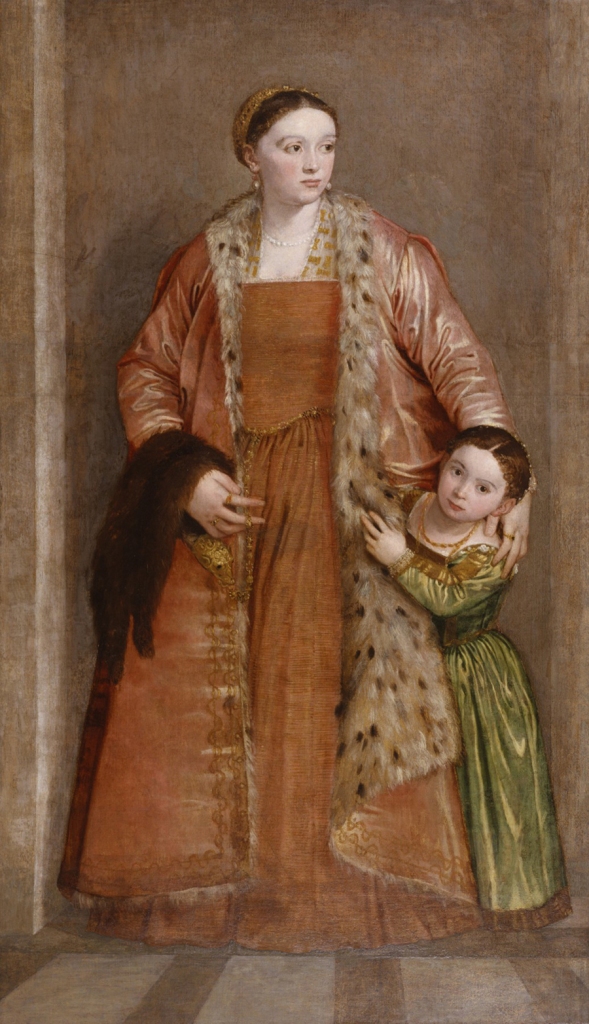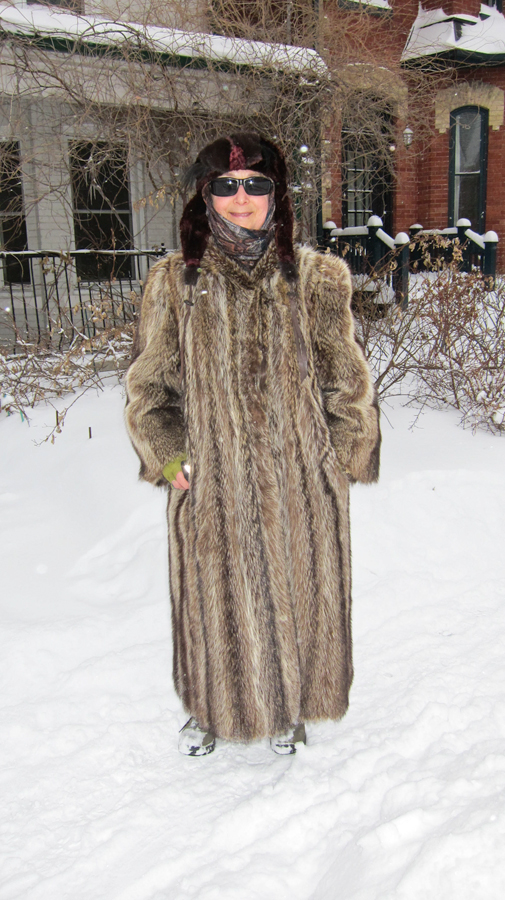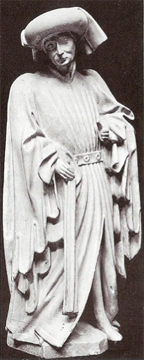Mining the stash
I’m mining my fabric stash for next spring’s Ontario Society for Creative Anachronism Arts & Science competition. The plan is to use mostly what I have on hand, only buying new materials when there just isn’t anything in the stash that’s suitable.
A bit of background: the Society for Creative Anachronism (SCA) is an international organization dedicated to researching and recreating pre-17th century arts and skills, and the Arts & Science (A&S) competitions include all of those except the martial arts.
A&S costuming competition gets into some pretty extreme authenticity, using only natural materials like silk, linen and wool. Which can be financially challenging – hence the mining of the stash. Luckily, over the years I’ve run into some irresistible bargains that I figured would come in useful “someday”.
Well, “someday” is here!
I’m basing my entry on this 1552 Veronese portrait of Countess Livia da Porto Thiene which is now in the Walters Art Museum in Baltimore, Maryland:

It’s not going to be an exact copy; for one thing, the colours that suit the Countess look dreadful on me, and for another, my local second-hand stores don’t run to sable, which is what the fur draped over her arm is. Or lynx, the lining in her coat.
So the excavation begins!



